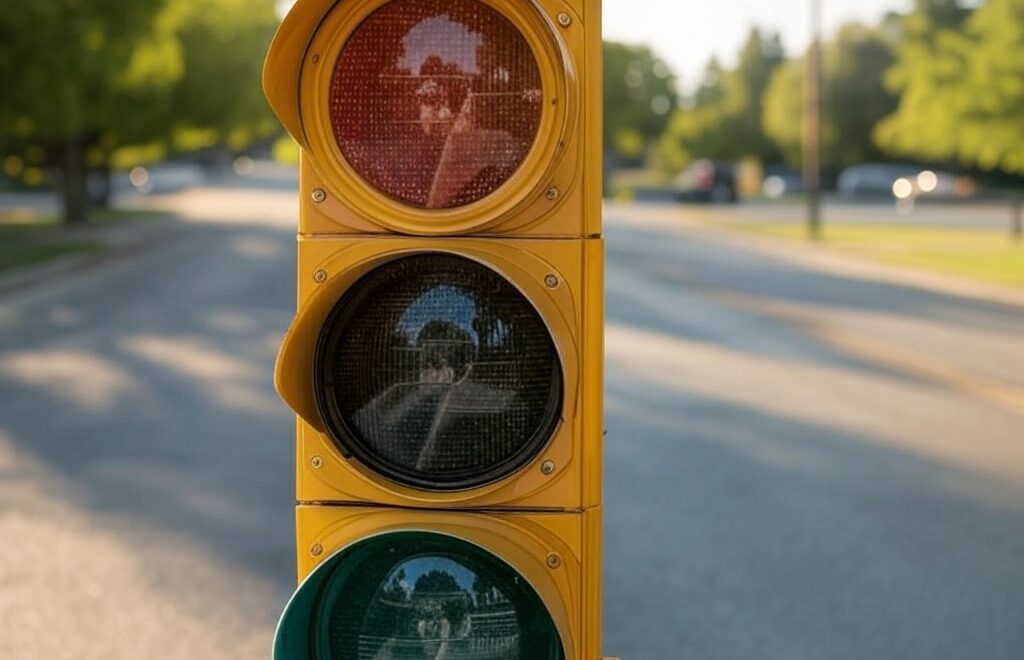
Why Traffic Lights Are Red, Yellow, and Green
Have you ever paused at a stoplight and wondered, “Why exactly is red for stop, green for go, and yellow for caution?” The colors of our everyday traffic lights weren’t randomly selected; their history goes back much further than automobiles themselves, rooted deeply in human psychology, historical context, practicality, and cultural significance.
The Significance of Red
Originally, railway signals used color coding to control trains, influencing early transportation pioneers who adapted these signals for roadways. Red, universally recognized as a color of danger and caution due to its high visibility and long wavelength, naturally became the choice to signify “stop.” Long before cars, maritime vessels used red lanterns to signal warnings at night, and even medieval knights associated red banners and flags with danger or imminent battle. Psychologically, red evokes a sense of urgency, effectively prompting immediate reactions from drivers.
Why Green Means Go
Green, positioned opposite red on the visible spectrum, became a natural candidate for “go.” It offers clear visual contrast, minimizing confusion among drivers. Historically, green has symbolized safety, permission, fertility, growth, prosperity, and freedom to proceed, making it intuitive and positive in its use on roads. Psychologically, green is calming and reassuring, reinforcing its suitability for indicating safe passage. Additionally, green is easily discernible from greater distances.
The Role of Yellow
Yellow sits between red and green on the visible spectrum and logically represents caution or preparation. Originally, railway systems experimented with white as a caution signal, but white lights were often mistaken for stars or other ambient lights, causing dangerous confusion. Yellow, distinctly visible and easily differentiated from other lights, replaced white. Yellow psychologically signals alertness, ensuring drivers maintain awareness of changing conditions.
Global Standardization
The first three-color traffic signal was installed in Detroit in 1920, developed by police officer William Potts. His innovation combined necessary safety cues from railway signals with practical urban traffic needs, laying the foundation for standardized traffic control worldwide. By 1935, traffic lights in the United States uniformly adopted the red-yellow-green configuration to manage increasingly congested roads safely.
Over time, international agreements such as the Vienna Convention on Road Signs and Signals formally standardized these colors globally, transcending cultural and linguistic barriers. Today, this simple trio of colors effectively regulates traffic worldwide, enhancing global road safety and managing traffic efficiently.
Beyond Traffic Lights
These colors have influenced other safety-related areas and signage, demonstrating the broad influence and intuitive nature of the red-yellow-green system. The ongoing reliance on this system highlights humanity’s universal understanding of risk, caution, and safety—a testament to the lasting effectiveness of this simple yet essential signaling system.
